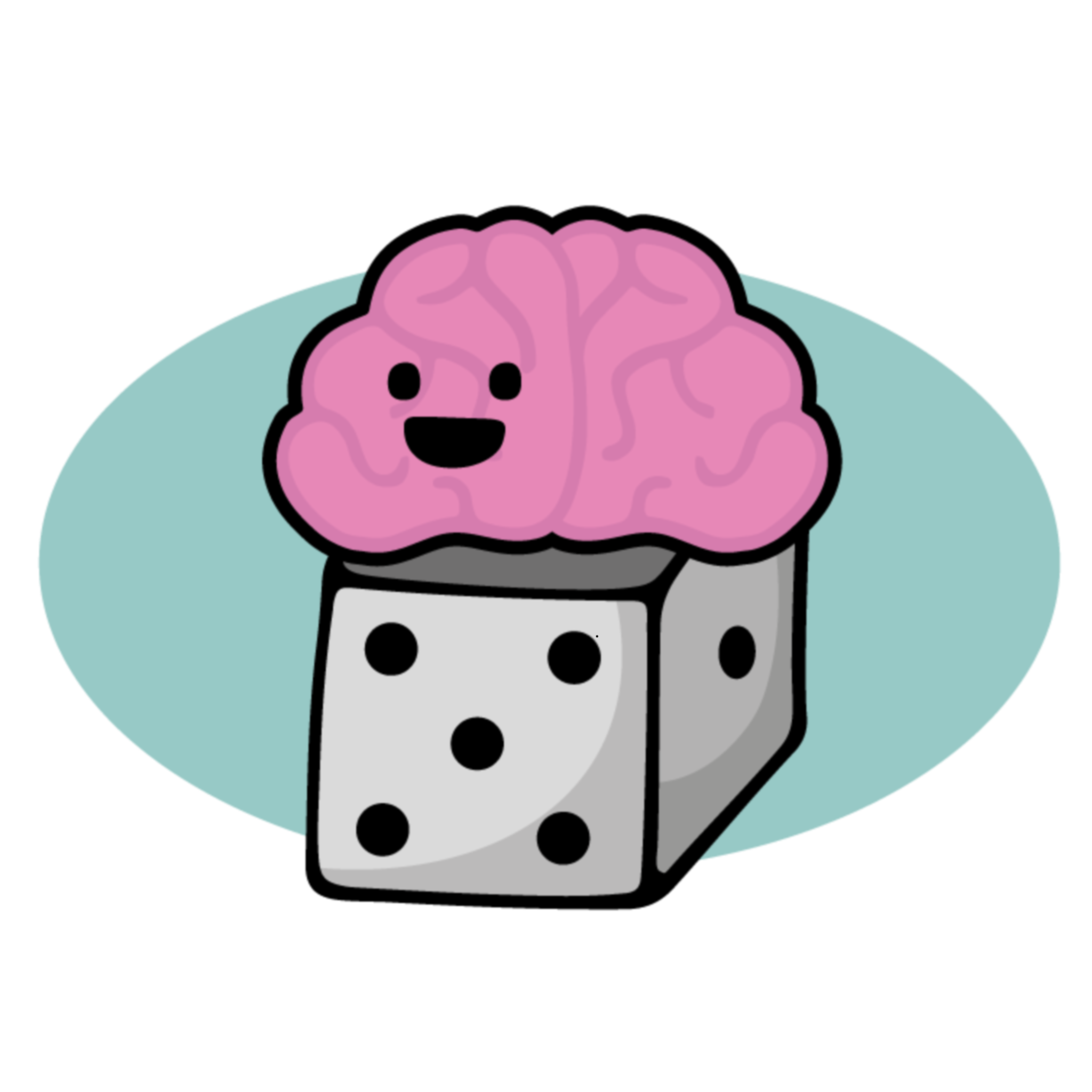One meeting can treat childhood phobia
 Childhood fears are natural and most children outgrow them. When fears begin to interfere with a child's day-to-day functioning, parents might justifiably be worried that a phobia may be developing. Lena Reuterskiöld of the Swedish Research Council has expressed concern that children whose phobias go untreated risk developing anxiety-related difficulties later in life. The Research Council has been investigating the effectiveness of treatments for phobias, and found that a one-session treatment can be effective in curing these persistent fears.
In the session, the therapist and the child approach the feared object in a controlled way. The therapist first demonstrates how to approach and describes what to do. The child is then invited to do the same. The concept behind the treatment is that the child experiences anxiety in a controlled setting and learns that expected negative events do not occur; fear will therefore be reduced. The researchers have found that this treatment is effective for adults up to a year later. When kids have other axiety problems in addition to a phobia, the treatment has reduced symptoms in other areas, suggesting that, when chlidren gain control over their fear, their confidence in other areas also increases.
Childhood fears are natural and most children outgrow them. When fears begin to interfere with a child's day-to-day functioning, parents might justifiably be worried that a phobia may be developing. Lena Reuterskiöld of the Swedish Research Council has expressed concern that children whose phobias go untreated risk developing anxiety-related difficulties later in life. The Research Council has been investigating the effectiveness of treatments for phobias, and found that a one-session treatment can be effective in curing these persistent fears.
In the session, the therapist and the child approach the feared object in a controlled way. The therapist first demonstrates how to approach and describes what to do. The child is then invited to do the same. The concept behind the treatment is that the child experiences anxiety in a controlled setting and learns that expected negative events do not occur; fear will therefore be reduced. The researchers have found that this treatment is effective for adults up to a year later. When kids have other axiety problems in addition to a phobia, the treatment has reduced symptoms in other areas, suggesting that, when chlidren gain control over their fear, their confidence in other areas also increases.
Here's the potential problem with the one-meeting solution: children have to agree to participate and to voluntarily approach the source of the fear. This is the potential roadblock, since it's difficult even for adult to face their phobias. In my experience, while the fear can be eliminated or reduced in a single session, that session usually occurs following some meetings to help the child develop some coping strategies to reduce the anxiety. This preparation increases the likelihood that the child will be able to cope with the anxiety enough to deal with the phobia in the approach session. Preventing the development of phobias is important, too, if possible. If something happens and your child becomes frightened, an avoidance reaction can result in an increase in anxiety - we talked about this in Episodes 4 and 5 of the Family Anatomy Show.
What does all of this mean for parents of children with phobias? Here are a few things that come to mind:
- Treatment of phobias can be brief but effective.
- Your child may be able to face their fear after learning some relaxation strategies.
- It's important to ensure that the situation in which your child will face the fear is as controlled as possible. If something frightening happens when they approach the source of their fear, the phobia may increase.
- Try not to avoid situations that provoke a bit of anxiety. Instead, give your child some skills to cope with those feelings.
How did you deal with your child's fear? We'd love to hear about your success!
You can read more about the research here.
Subscribe to The Family Anatomy Podcast by clicking here, or get your free subscription directly through iTunes.
Note: Posts on Family Anatomy are for information only. If you need to talk to someone about family or mental health issues, you can get a referral from your family doctor.
